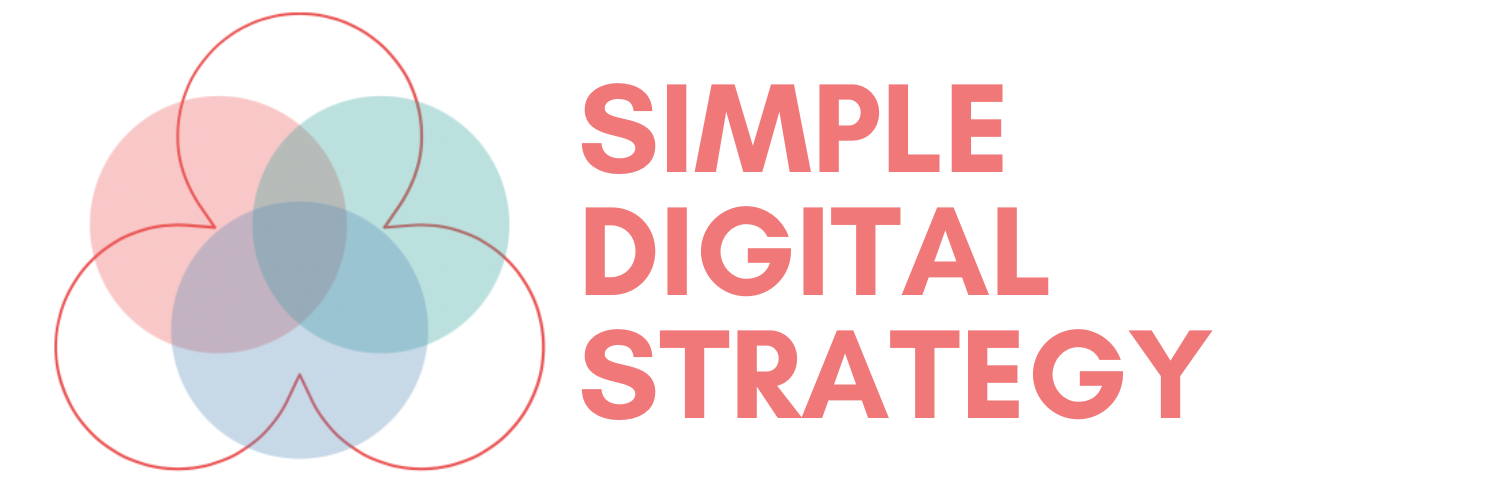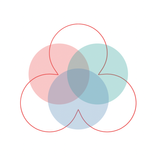How to Create a Simple Content Calendar for Your Small Business
Plan, organise, and publish content consistently with a content calendar that saves time and drives results.

Introduction
As a small business owner, publishing content consistently can feel overwhelming. Between managing day-to-day operations and juggling priorities, creating and sticking to a content plan often takes a back seat. That’s where a content calendar comes in.
A well-structured content calendar not only keeps you organised but also helps you stay consistent — a key to building trust with your audience and driving traffic. In this guide, we’ll walk you through how to create a simple, effective content calendar tailored to small businesses.
Why Every Small Business Needs a Content Calendar
A content calendar isn’t just a tool for planning; it’s a roadmap for achieving your business goals through content.
Key Benefits:
- Consistency: Publishing regularly builds audience trust and improves SEO.
- Focus: Ensures your content aligns with business goals, whether it’s driving traffic, growing an email list, or promoting a product.
- Efficiency: Reduces last-minute stress by planning content in advance.
- Flexibility: Keeps you prepared while allowing room for new ideas or trends.
Step 1: Define Your Content Goals
Before creating a calendar, start with clear goals.
Ask Yourself:
What do I want to achieve?
Examples: Increase website traffic, build an email list, or boost engagement.
What type of content works best for my audience?
Blog posts, videos, newsletters, or a mix?
Example Goals:
- Publish one blog post per week.
- Share each blog post on social media.
- Repurpose blog posts into email content.
Step 2: Choose a Content Calendar Format
You don’t need fancy tools to create an effective content calendar. The best format is one you’ll actually use.
Simple Tools for Content Calendars:
Google Sheets or Excel: Perfect for beginners.
Trello or Asana: Great for organising tasks visually.
Notion: Combines notes, calendars, and databases in one place.
What to Include in Your Calendar:
- Content Title: The main topic or headline.
- Format: Blog post, email, video, etc.
- Publishing Date: When the content will go live.
- Promotion Plan: How you’ll share it (social media, email, forums).
Step 3: Plan Content in Batches
Planning content in advance saves time and keeps you consistent.
How to Batch Plan:
- Brainstorm 12 Topics:
- Cover at least 3 months of content with one post per week.
- Use your Publish, Grow, and Acquire pillars for inspiration.
- Organise by Themes:
Example:
- Week 1: Destination guides.
- Week 2: Travel tips and checklists.
- Week 3: Seasonal offers or promotions.
- Add Seasonal or Evergreen Topics:
- Seasonal: “Top Winter Destinations for Families.
- Evergreen: “How to Save Money on Your Next Holiday.”
Step 4: Maintain and Update Your Calendar
A content calendar is only effective if it’s kept up to date.
Tips for Staying on Track:
- Set Realistic Expectations Start small — one post per week is better than overcommitting.
- Review Monthly: Check what worked and adjust your plan accordingly.
- Track Performance: Use tools like Google Analytics to see which content performs best.
Example Content Calendar for a Travel Agency
Here’s how your first month of content might look if you’re running a travel agency:
| Date | Content Title | Format | Promotion Plan |
|---|---|---|---|
| Jan 8, 2025 | Top 10 Underrated Travel Destinations for 2025 | Blog Post | Share on social media, promote in travel forums. |
| Jan 15, 2025 | How to Save Money on Your Next Holiday | Blog Post | Send to email subscribers, post on Facebook. |
| Jan 22, 2025 | Packing Checklist for Family Vacations | Blog Post | Add to Pinterest boards, link in newsletters. |
| Jan 29, 2025 | Why You Should Visit [Your Destination] This Year | Blog Post | Share in local tourism groups and travel blogs. |
Conclusion
A content calendar is your secret weapon for consistent publishing, better planning, and achieving your business goals. By defining your goals, choosing the right tools, and planning in batches, you can stay organised and create impactful content all year long.





